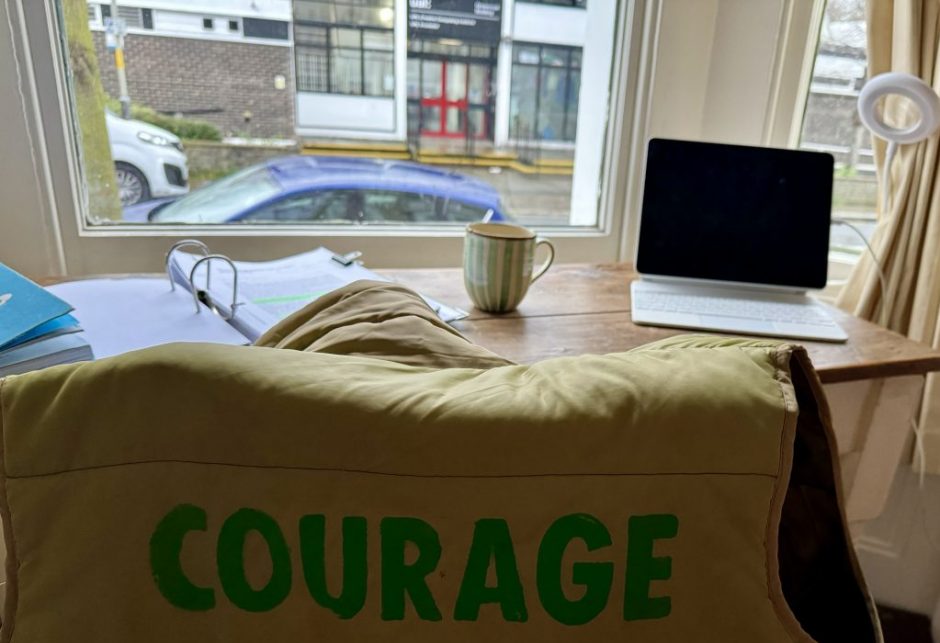
- 1.Purdah (Hindu) 2. Eid (Muslim) 3.Marriage (Hindu) 4. Holi (Hindu/Muslim village)
Working globally over the years, I have been privileged to share and witness cultural traditions, customs and religious practises, in return sharing my own. There have been mistakes and misunderstandings but primarily the experiences have been joyous. They have taught me that I can only be sure that I know nothing, but I do have the ability to learn, acknowledge, respect and understand the intricacies of shared beliefs.
“current tensions and conflicts regarding the polarisation of Muslims and the West, are often based on lack of knowledge and understanding about each other’s lives.
A two-way learning process is vital since damaging stereotypes of both Islam and the West, exacerbated by media hype, can be equally misunderstood and misused. As Islamophobia against visible Muslims increases, Muslim women bear a great deal of the impact”
Jawad, H. (2022) Islam, Women and Sport: The Case of Visible Muslim Women. [Online]. Available at: https://blogs.lse.ac.uk/religionglobalsociety/2022/09/islam-women-and-sport-the-case-of-visible-muslim-women/
Appiah, K. A. (2014) Is religion good or bad? (This is a trick question). Youtube [Online]. 16 June. Available at: https://www.youtube.com/watch?v=X2et2KO8gcY
It was pure pleasure listening to Kwame Anthony Appiah… guiding the listeners to question their sources of thought and the hierarchies from which they come. I was interested by Appiah biography “Kwame Anthony Appiah was raised in Kumasi, Ghana, and educated at Bryanston School and Clare College, Cambridge, where he earned his BA (First Class) and PhD degrees in philosophy” Wikipedia I was reminded of the inspiring Dr Gurnam Singh lecture earlier in the week and the authenticity in his lived experience slide, the introduction to a critical pedagogy through Paulo Freire’s Pedagogy of the Oppressed, published in English in 1970 ”Literacy is more than simply learning to read and write but personal transformation and social revolution”
The discussion around cultural humility resonated loudly with me…
• Culture is not a private posession, or an obstacle to navigate, but as a pervasive and complex set of ‘in-between’ forces that shape all our relationships.
• Recognises the lasting trauma resulting trom European colonialism and cultural dominance and displays skills to sensitively engage in ways that promotes healing, understanding and learning, informed by the humility of ‘non-knowing’,
• This means generating safe collective spaces to allow different and conflicting viewpoints, risk taking, freedom to explore and co-creation.
Reference: Singh, G (2021) From Cultural Dominance to Cultural Humility. July 2021. https://drive.google.com/file/d/1iiKZV2N AudzuPyOLIFVTAOliXyg-0F9/view?usp=sharing
Focusing on creating safe collective spaces I rewatched… Simran Jeet Singh Trinity University (2016) Challenging Race, Religion, and Stereotypes in the Classroom. [Online]. Available at: https://www.youtube.com/watch?v=0CAOKTo_DOk
Thinking back to creating enchanting learning experiences I am reminded of lived experiences working closely with Hindu and Muslim communities collaborating for a shared goal using centuries of cultural traditions and experience. Although we did not have a shared language, by slowly sharing experiences together we were able to understand ways we could work together for the benefit of all.
